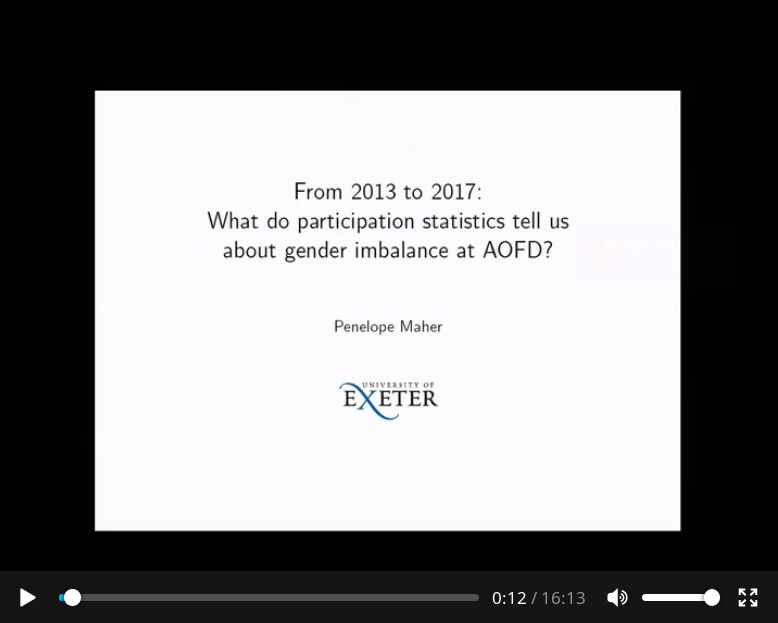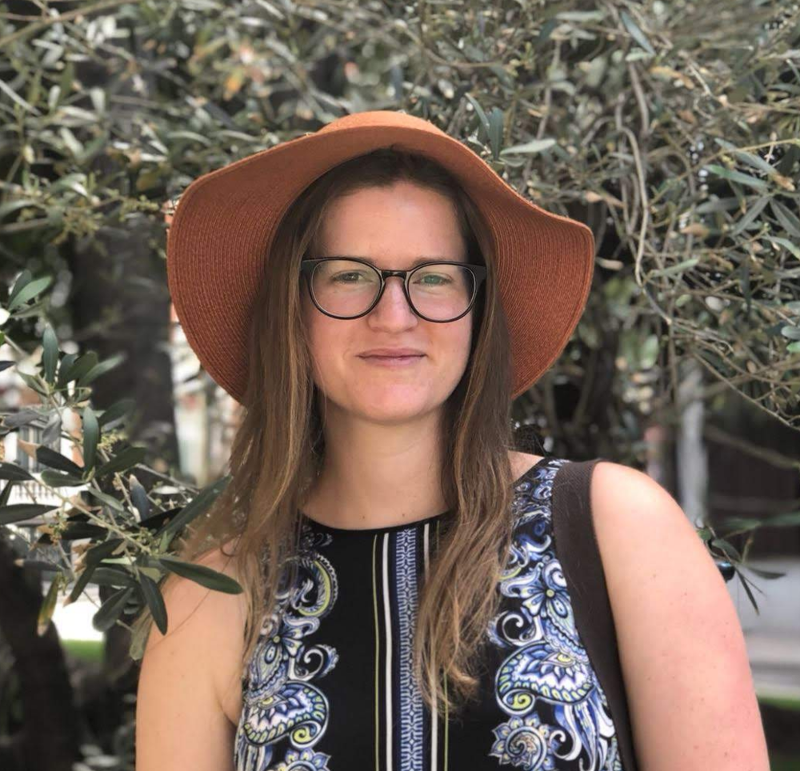
About me
Welcome! I am a climate scientist and climate model developer. I specialise in convection and the large-scale circulation of the atmosphere. I primarily work with idealised climate models.
I am a post-doc at the University of Exeter. I am part of the NERC funded Impacts of Pacific Ocean warming trends (ImPOse) project led by Robin Chadwick. ImPOse seeks to determine the causes and impacts of tropical Pacific errors in climate models. In this role I am assessing present-day tropical Pacific model biases, their links to long-term SST trends and their impact on global climate.
On my previous role, I was a part of the ParaCon project that aimed to significantly improve the representation of convection across model scales from 1-100km. In this position I was working with Geoff Vallis and John Thuburn, with support from the Met Office. As part of ParaCon, Paul Earnshaw and I built a reduced complexity version of the Met Office Unified Model.
Educational credentials:
PhD (2014) PhD in climate science from the University of New South Wales, Australia.
BSc (2008) Bachelor of Science (Physics), with first class honours, from the University of Wollongong, Australia.
Gender diversity
At the Atmospheric Ocean and Fluid Dynamics (AOFD) conference in June 2019 I gave a talk on gender diversity with the AOFD community. I reviewed the attendance and participation statistics from the last three meeting. Women make up on 26% of the attendance and less than 5% of attendance are senior women. Click here to watch the talk.
I am passionate about increasing the number of senior women in climate science. With this in mind, I co-founded the Women in Climate network at the University of Exeter. The aim of the network is to support the retention of women in climate science and promote diversity in all areas.
Image credit: earth.nullschool.net
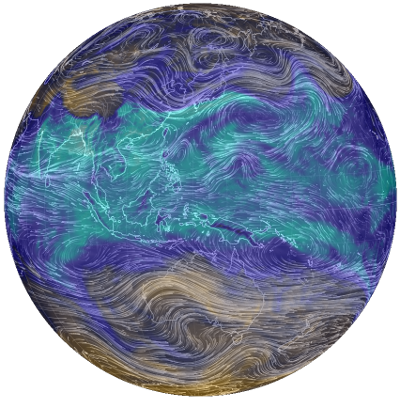
Convection
I love rain. It's really just that simple. For me, the weather is so available as an observer. Just walk outside and you're in it. Sure there are processes too small to even comprehend sometimes. But when dark storm clouds roll in you can feel the energy prickle your skin. Hear the gusts of wind pick up in nearby trees. Smell the rain hitting dry soil. If you're lucky, hear the thunder that makes you jump from your seat. My childhood curiosity of the rain never did go away and I consider myself lucky to research rainfall and the convective systems in which they are embedded.
Image credit: earth.nullschool.net
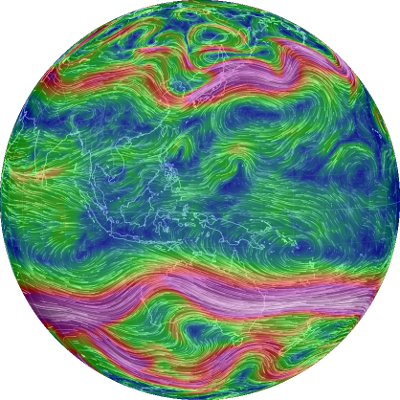
Large-scale Circulation
For a long time I was completely ignorant about the wind. Sure it was something I was always aware of, just like everyone else. But I never questioned its existence. Which is weird because I have always questioned everything. I vividly recall reading about how wind is created in an introductory climate text book in my mid 20s. As a physicist I was well versed in conservation, forces and equations of motion. Language I understood far better than the most basic climate science. But I knew, even then, that I was hooked. I have been learning about global circulation ever since. My research interests include tropical circulation, such as the Hadley cells, and atmospheric jets.
Image credit: Brian Medeiros
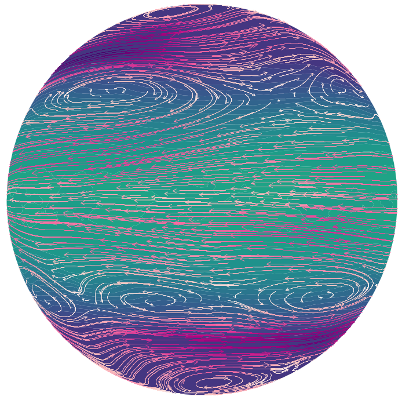
Idealised Modelling
My first exposure to running a climate model was GFDLs moist aquaplanet. I was so impressed with how easy it was to run the model, hack at the code and do some experiments. This was critical for me as I then had very limited experience and very little technical support. The ease of running the model gave me confidence. It also kept me curious about the climate science, rather than confused about the computer science. As time went on I leant so see past the technical simplicity and see the real beauty of idealised modelling. The ability to remove the layers of complexity and get the heart of modelling the climate.
